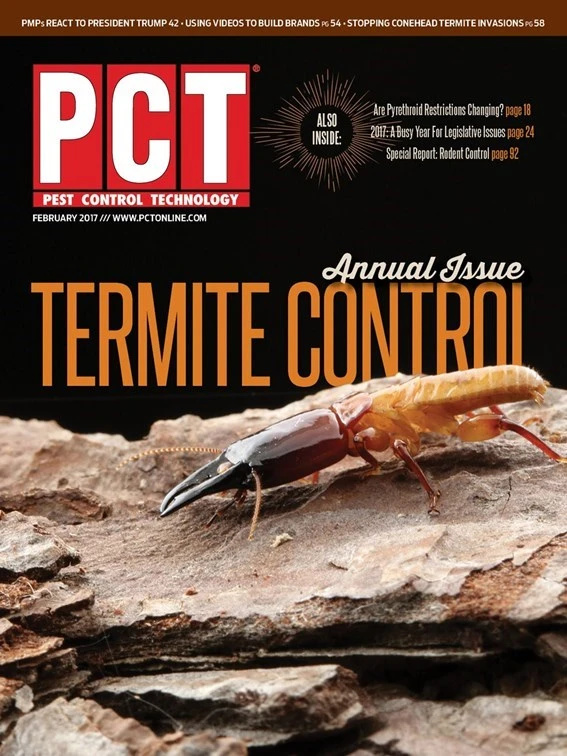
Researchers at North Carolina State University have developed a combination of software and hardware that will allow them to use unmanned aerial vehicles (UAVs) and insect cyborgs, or biobots, to map large, unfamiliar areas — such as collapsed buildings after a disaster.
“The idea would be to release a swarm of sensor-equipped biobots — such as remotely controlled cockroaches — into a collapsed building or other dangerous, unmapped area,” says Edgar Lobaton, an assistant professor of electrical and computer engineering at N.C. State and co-author of two papers describing the work.
“Using remote-control technology, we would restrict the movement of the biobots to a defined area,” Lobaton says. “That area would be defined by proximity to a beacon on a UAV. For example, the biobots may be prevented from going more than 20 meters from the UAV.”
The biobots would be allowed to move freely within a defined area and would signal researchers via radio waves whenever they got close to each other. Custom software would then use an algorithm to translate the biobot sensor data into a rough map of the unknown environment.
Once the program receives enough data to map the defined area, the UAV moves forward to hover over an adjacent, unexplored section. The biobots move with it, and the mapping process is repeated. The software program then stitches the new map to the previous one. This can be repeated until the entire region or structure has been mapped; that map could then be used by first responders or other authorities.
“This has utility for areas — like collapsed buildings — where GPS can’t be used,” Lobaton says. “A strong radio signal from the UAV could penetrate to a certain extent into a collapsed building, keeping the biobot swarm contained. And as long as we can get a signal from any part of the swarm, we are able to retrieve data on what the rest of the swarm is doing. Based on our experimental data, we know you’re going to lose track of a few individuals, but that shouldn’t prevent you from collecting enough data for mapping.”
Co-lead author Alper Bozkurt, an associate professor of electrical and computer engineering at N.C. State, has previously developed functional cockroach biobots. However, to test their new mapping technology, the research team relied on inch-and-a-half-long robots that simulate cockroach behavior.
In their experiment, researchers released these robots into a maze-like space, with the effect of the UAV beacon emulated using an overhead camera and a physical boundary attached to a moving cart. The cart was moved as the robots mapped the area. (Video from the experiment is available here.
“We had previously developed proof-of-concept software that allowed us to map small areas with biobots, but this work allows us to map much larger areas and to stitch those maps together into a comprehensive overview,” Lobaton says. “It would be of much more practical use for helping to locate survivors after a disaster, finding a safe way to reach survivors, or for helping responders determine how structurally safe a building may be.
“The next step is to replicate these experiments using biobots, which we’re excited about.”
Restaurant Patron Gets ‘Seen Rat’ Discount
A diner in Folsom, Calif., got a big break on her bill after claiming she saw a rodent at an Asian-fusion restaurant, Fox News reported.
The January incident grabbed headlines after a photo of the receipt from Fat’s Asia Bistro & Dim Sum Bar went viral after a friend of the customer posted it in her Facebook group.
The customer allegedly received a $30 “Seen Rat” discount off her bill totaling over $90. Although there were jokes about the incident online, the CEO of Fat‘s Restaurant Group is on the offensive.
“In our 14 years in Folsom, we have not experienced something like this before,” Fat‘s Family Restaurant Group manager Kevin Fat told KTXL.
The woman’s friend says she felt the rat running around their feet, and notified the server. No one came over to address the issue, but when the bill arrived, the horrifying event was simply noted with a discount.


Explore the February 2017 Issue
Check out more from this issue and find your next story to read.
Latest from Pest Control Technology
- Pest Control Equipment: If it’s Critical, Back it Up!
- In Memoriam: Marybeth Wonson
- In Memoriam: Layton Word
- Mitchell Boston's Involvement as Local Councilman Sparks Growth in Pest Control Business
- Grizz Pest Management Owners Support Wildlife Conservation with Brookfield Zoo in Chicago
- Grizz Pest Management Partners with Brookfield Zoo to Build Tropical Forests Exhibit
- Truly Nolen Promotes Bohne to Vice President of Business Development
- Watch: Abell Pest Control Holds Snap Trap Challenge





